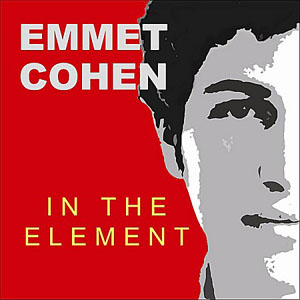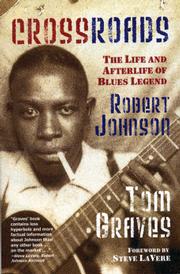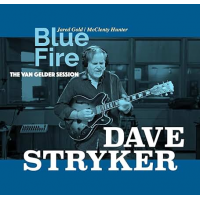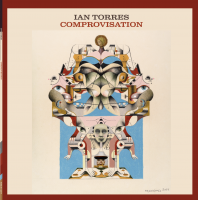Home » Jazz Articles » Album Review » Phil Robson: The Immeasurable Code
Phil Robson: The Immeasurable Code
Of course, it helps if the composer is also a top-flight musician himself, and Robson can readily be counted in that category. His career encompasses bands such as Partisans and 6 Strings And The Beat, musicians such as Joe Lovano and Django Bates, and singers like Christine Tobin and Barbra Streisand. He is the man responsible for selecting this band of talented players and for the thematic idea. Derby Jazz commissioned the work, and the band—originally called the Instant Message Quintet—recorded the album live at the Hawth in Crawley, and at the Vortex in London.
The Anglo-American ensemble sounds as if it's been together for years, even though it had actually been together for only a short time prior to recording. Robson first worked with acclaimed saxophonist Mark Turner in 1998. His relationships with American bassist Michael Janisch, now based in the UK, and flautist Gareth Lockrane are more recent. Drummer Ernesto Simpson is the newest of Robson's compatriots, having been recommended to Robson for this project.
Each of the musicians seems to relish every note of Robson's compositions, responding to the guitarist's ideas with some inspired playing and eagerly grasping the opportunities for improvisation. Janisch holds down the groove in commanding fashion while Simpson, the regular drummer in bassist Richard Bona's group, swings beautifully. Turner and Lockrane form a terrific partnership, trading phrases, playing in unison, and inspiring each other.
The album is bookended with two short and contrasting pieces. "Intro," a superb bass solo from Janisch, leads seamlessly into "Nassarius Beads" (named for beads, made from the shells of a small sea snail that were possibly the first form of jewelry worn by humans). "Happy Talk" is a jaunty, slightly fractured and resolutely cheery version of the Richard Rodgers tune. The Code of the album's title, as Lockrane's staccato flute introduction to the title track makes clear, is Morse Code—an obvious choice, perhaps, but one that leads to some intriguing rhythmical challenges.
Robson performs impeccably throughout, whether he's contributing chordal washes in support of Lockrane or Turner, or taking the spotlight for some intricate, fluid solos of his own. His playing on "Nassarius Beads" is exemplary on both counts. On "The Net," Robson opens with a deliberately rough-edged and chaotic solo, reflecting the early life of the Net itself, before the rest of the band enters and the tune gradually becomes more controlled and melodic. "Telegram" and "A Serenade" are overtly romantic pieces, each focusing on the very personal and intimate communications that both methods can facilitate, and Robson reflects this intimacy with his warm and graceful playing.
Track Listing
Intro; Nassarius Beads; Telepathy and Transmission; Telegram; The Instant Message; Immeasurable Code; The Net; A Serenade; Fire and the Drum; Happy Talk.
Personnel
Phil Robson
guitarPhil Robson: guitar; Mark Turner: soprano saxophone, tenor saxophone; Gareth Lockrane: bass flute, alto flute, concert flute, piccolo flute; Michael Janisch: acoustic bass; Ernesto Simpson: drums.
Album information
Title: The Immeasurable Code | Year Released: 2011 | Record Label: Whirlwind Recordings Ltd
Tags
PREVIOUS / NEXT
Support All About Jazz
 All About Jazz has been a pillar of jazz since 1995, championing it as an art form and, more importantly, supporting the musicians who make it. Our enduring commitment has made "AAJ" one of the most culturally important websites of its kind, read by hundreds of thousands of fans, musicians and industry figures every month.
All About Jazz has been a pillar of jazz since 1995, championing it as an art form and, more importantly, supporting the musicians who make it. Our enduring commitment has made "AAJ" one of the most culturally important websites of its kind, read by hundreds of thousands of fans, musicians and industry figures every month.



















